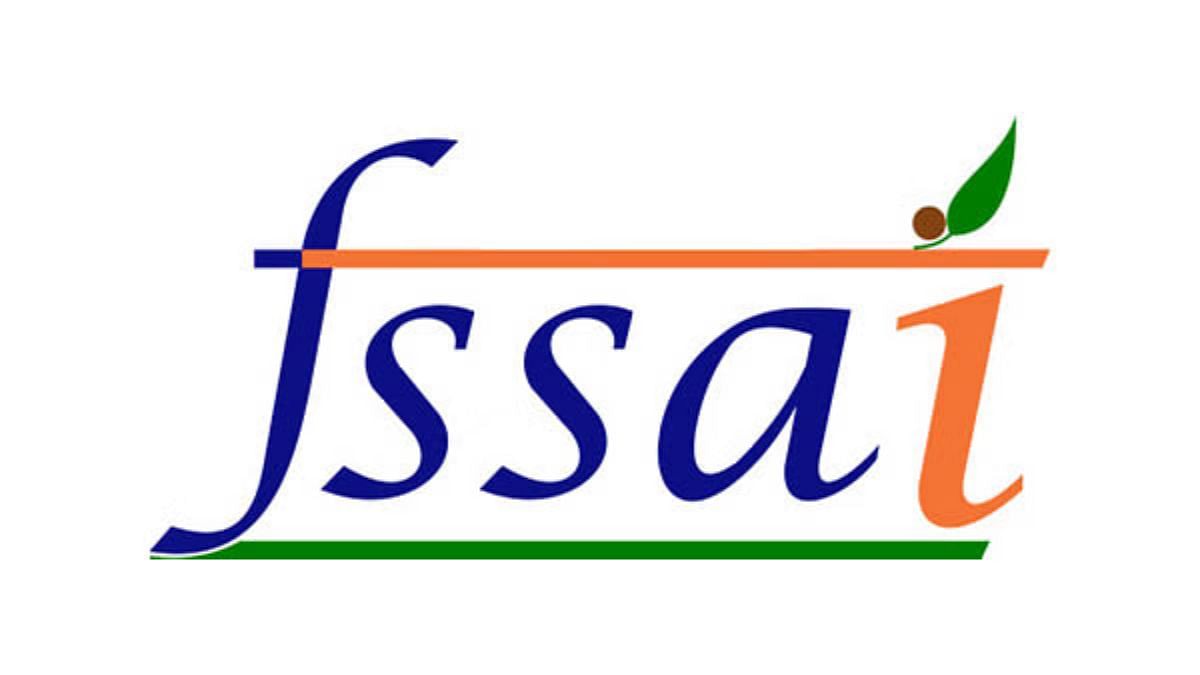New Delhi: Amid growing concern over the rise of availability of ultra-processed food — high in sugar, salt and fat — in the country, apex food regulator Food Safety and Standards Authority of India (FSSAI) Saturday approved a proposal to display the information related to ‘nutrients of concern’ in bold letters and also relatively increased font sizes on the labels of packaged food items.
The decision to approve the amendment to the Food Safety and Standards (Labelling and Display) Regulations, 2020, regarding nutritional information labelling was taken in the FSSAI’s 44th meeting.
The amendment aims to empower consumers to better understand the nutritional value of the product they are consuming and make healthier decisions, it said in a statement.
The draft notification for the amendment would now be put in the public domain for inviting suggestions and objections.
The information regarding per serve percentage (%) contribution to Recommended Dietary Allowances (RDAs) would also be given in bold letters for total sugar, total saturated fat and sodium content.
As per the regulator, regulation 2 (v) and 5(3) of FSS (labelling and display) regulation, 2020, specifies requirements to mention serving size and nutritional information on the food product label, respectively.
Along with empowering consumers to make healthier choices, the amendment would also contribute towards efforts to combat the rise of non-communicable diseases (NCDs) and promote public health and well-being, the authority maintained, adding that the prioritisation of the development of clear and distinguish labelling requirements would help in the global effort to combat NCDs.
However, some public health and nutrition experts who have been demanding major policy changes to warn consumers against unhealthy food choice, remarked that the proposed move is too small to lead to any significant change in people’s consumption patterns.
“It appears that the proposed move is to provide nutrients of concern related information in bold on the back of the pack. I can only say it’s a small step, but it does not match and should not replace the much-needed front-of-pack Label (FOPNL), a warning label of ‘HIGH sugar salt or fat’,” said Dr Arun Gupta, co-convener of the nutrition think-tank Nutrition Advocacy in Public Interest (NAPi).
He added that this information should be available in the advertisement of food products that have high sugar, salt or saturated fats.
“Therefore, the necessary condition is a definition of HFSS (high fat, salt and sugar) that should come in sooner than later. That’s what would reasonably and meaningfully contribute to combating the rise of obesity and diabetes. Efforts must tackle pervasive marketing for this objective,” Gupta said.
The FSSAI has, meanwhile, said that it has been issuing advisories from time to time to prevent false and misleading claims.
“These include advisories sent to e-commerce website for removal of the term ‘Health Drink’, as it is not defined or standardised anywhere under the FSS Act 2006 or its rules, apart from directive mandating all food business operators (FBOs) to remove any claim of ‘100% fruit juices’ from the labels and advertisements of reconstituted fruit juices,” said the FSSAI.
“These advisories and directives are issued to prevent misleading claims by FBOs,” it added.
(Edited by Zinnia Ray Chaudhuri)
Also read: Most packaged food brands depend on ‘deceptive’ ads that hide crucial nutrient info — Delhi think tank

